Fighting for the Right to Fight: African-American Experiences in World War II is a traveling exhibit by The National WWII Museum.
The exhibit tells the story of how World War II became the major catalyst in the 20th century for African Americans seeking change in their fortunes, both on the Home Front and in the American military.
On the eve of the war, African Americans were generally in economic circumstances much worse than other Americans, with an unemployment rate double that of whites and a median income only a third of the average American family. Nearly 80 percent of African Americans lived in the segregated southern states, where employment opportunities were generally constrained to agriculture.
As the storm of war loomed on the horizon, African Americans faced prejudice and discrimination both in wartime industry and military service. In the expanding aircraft industry of 1940, less than 250 of over 100,000 workers were black, and some companies let it be known that they would not hire even qualified blacks. The US Marine Corps and the Army Air Corps barred blacks from their service. The US Army and US Navy took limited numbers of African Americans, but the Army segregated them into separate units while the Navy confined service opportunities to positions as cooks and stewards.
The demands of war and the ambitions of African Americans to serve their country and prove their quality as citizens would change these circumstances with far-reaching historical reverberations. “We loyal Negro American citizens demand the right to work and fight for our country,” was the slogan of the March on Washington Movement, which began organizing a massive protest march in early 1941. Faced with the possibility of widespread protest when he needed to unify the American public for war, President Franklin Delano Roosevelt issued Executive Order No. 8802 on June 25, 1941, banning racial discrimination in hiring for government defense contract work. After Pearl Harbor, the military reversed or altered many of its previous policies. During the war both the Marine Corps and the US Army Air Force accepted African Americans for service for the first time. By 1944, the US Navy had 25 ships with African Americans serving as gunners and radio operators within various integrated command structures and units.
Despite these snapshots of progress, discrimination and prejudice remained in official practices during the war. White officers were put in charge of segregated African American combat units, while black officers could not outrank a white officer in such a unit, and were usually relegated to noncombat roles. African American troops experienced discrimination and prejudice in training, especially when off base in the South.
But the “Double V” campaign of African Americans for victory at home over discrimination and abroad against Germany and Japan—powers that fought on the grounds of their own racial superiority—had a special resonance and meaning for the American future. News of bravery in battle, exemplified by the 332nd Fighter Group (famed as the Tuskegee Airmen) or the 761st Tank Battalion in the Battle of the Bulge, refuted ideas that African Americans were inferior military performers. Exposure to fairer, more tolerant social climates in Hawaii or Europe made many African American servicemen determined to change things upon their arrival home. “Our fight for freedom begins when we get to San Francisco,” stated an African American veteran returning from the Pacific.
The forward momentum and ambitions for change that the war stimulated among African Americans was undeniable, and would transcend the end of the war itself. “After the close of hostilities, we just kept on fighting. It’s just that simple,” noted another returning African American serviceman. In fighting for their right to fight and to be treated as equal citizens, the World War II generation of African Americans contributed to victory over tyranny in the world, laid the historical foundations for the civil rights movement of the coming decades, and inspired the moral betterment of their country.
This article originally appeared in V-Mail, the quarterly newsletter for Museum Members.
Keith Huxen
Keith is the former Senior Director of Research and History in the Institute for the Study of War and Democracy at The National WWII Museum.
Cite this article:
MLA Citation:
APA Citation:
Chicago Style Citation:
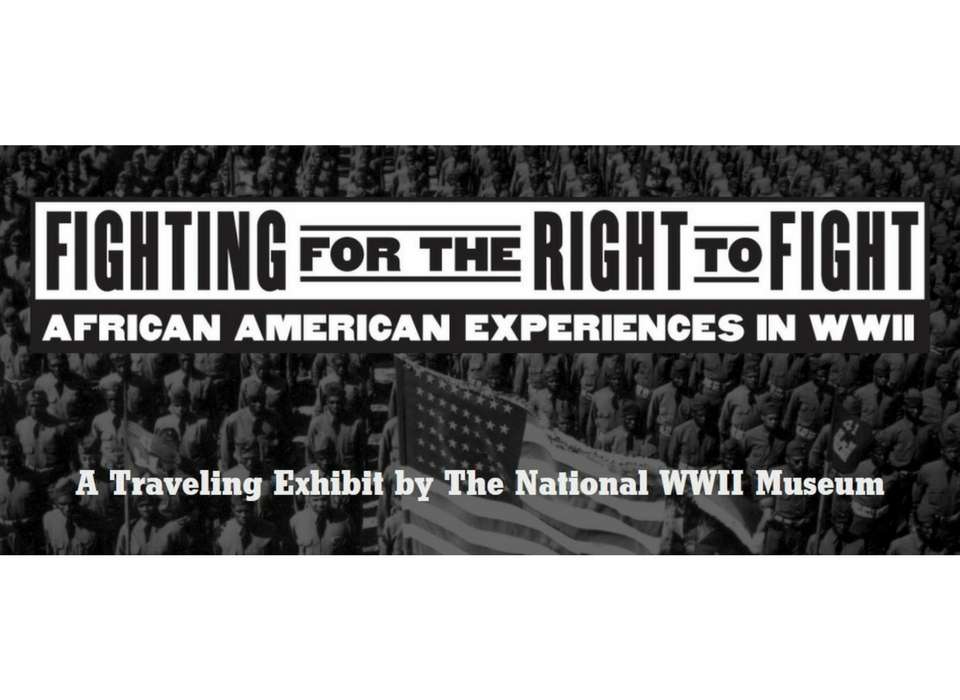
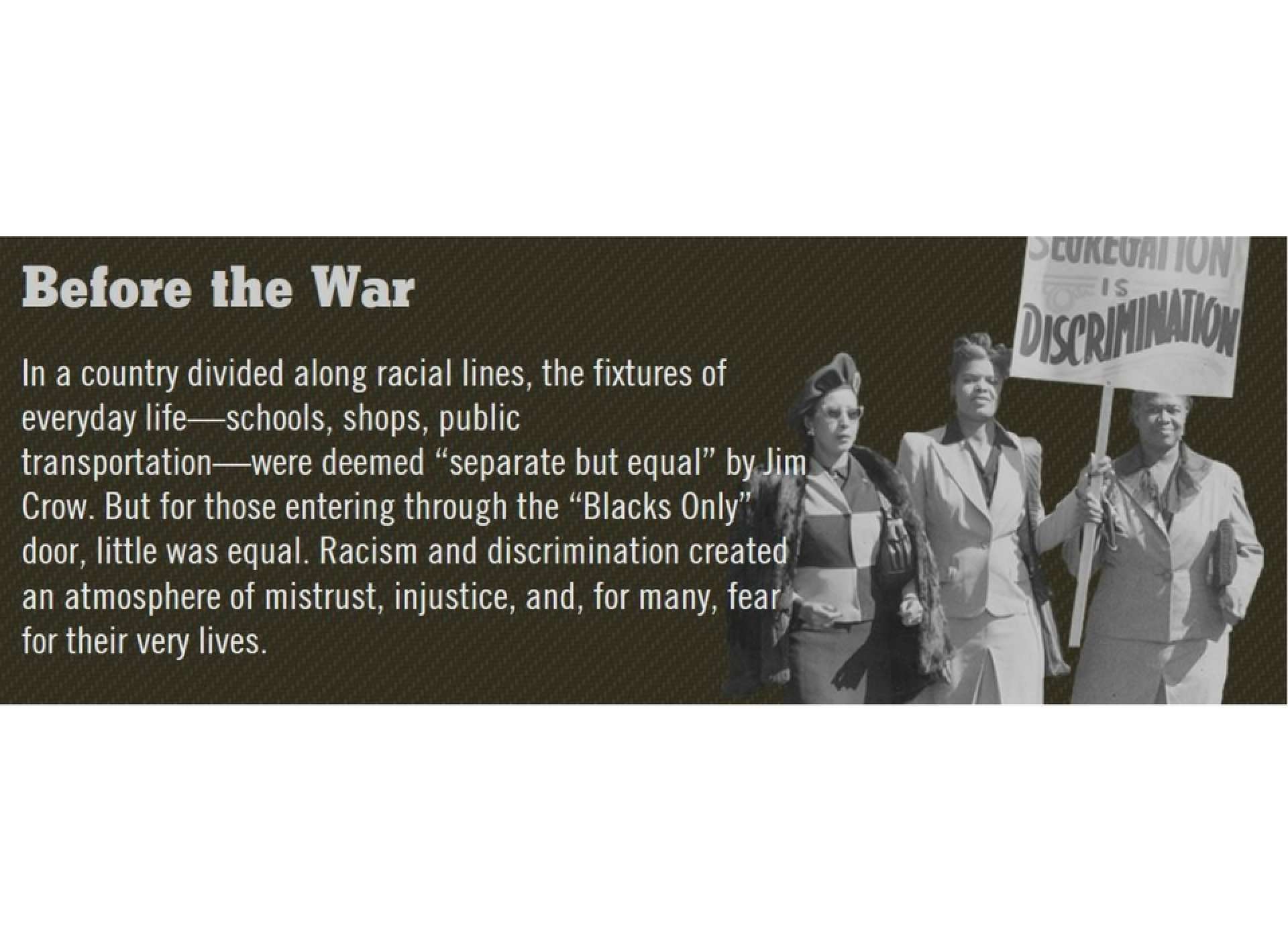
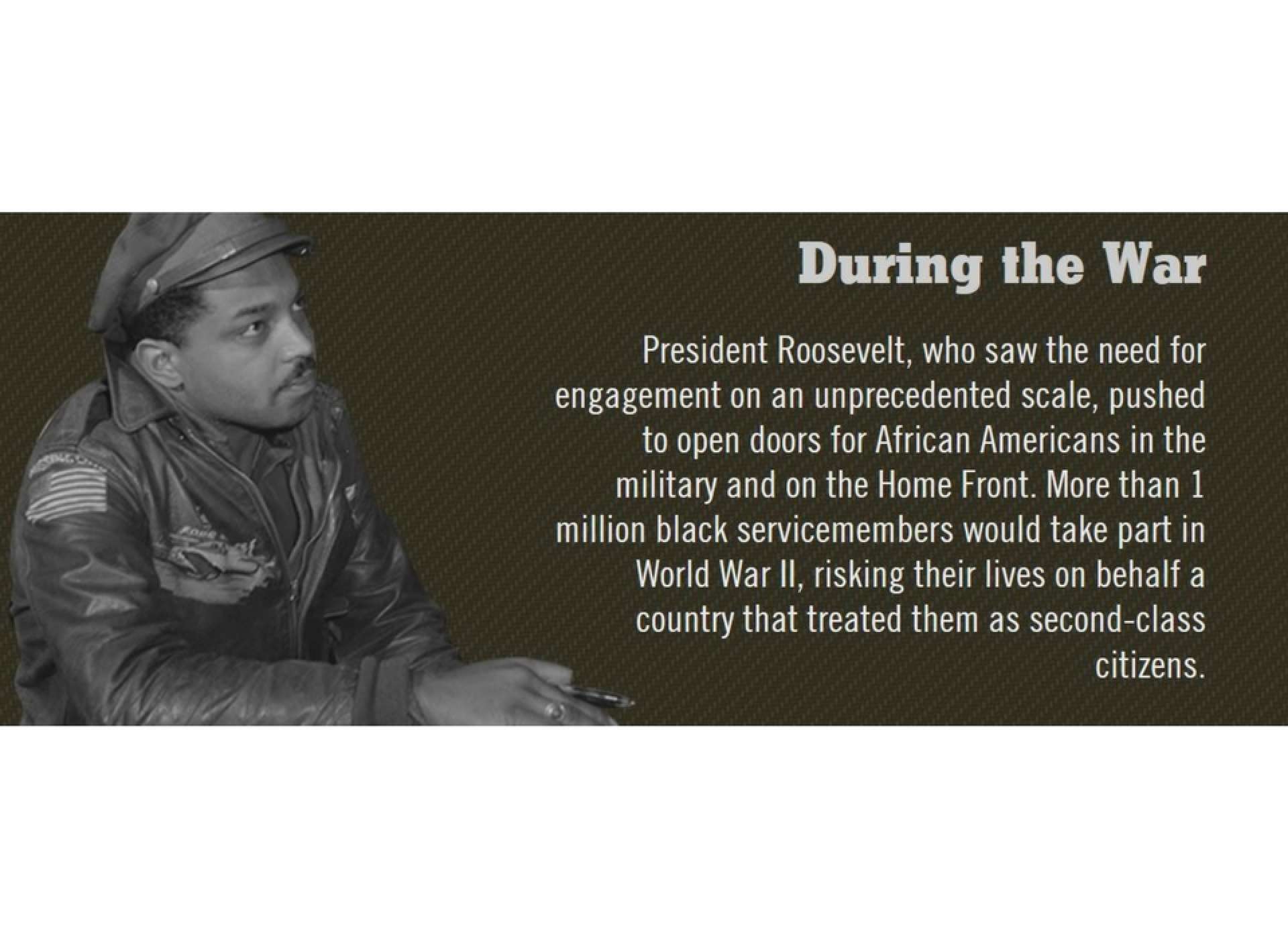
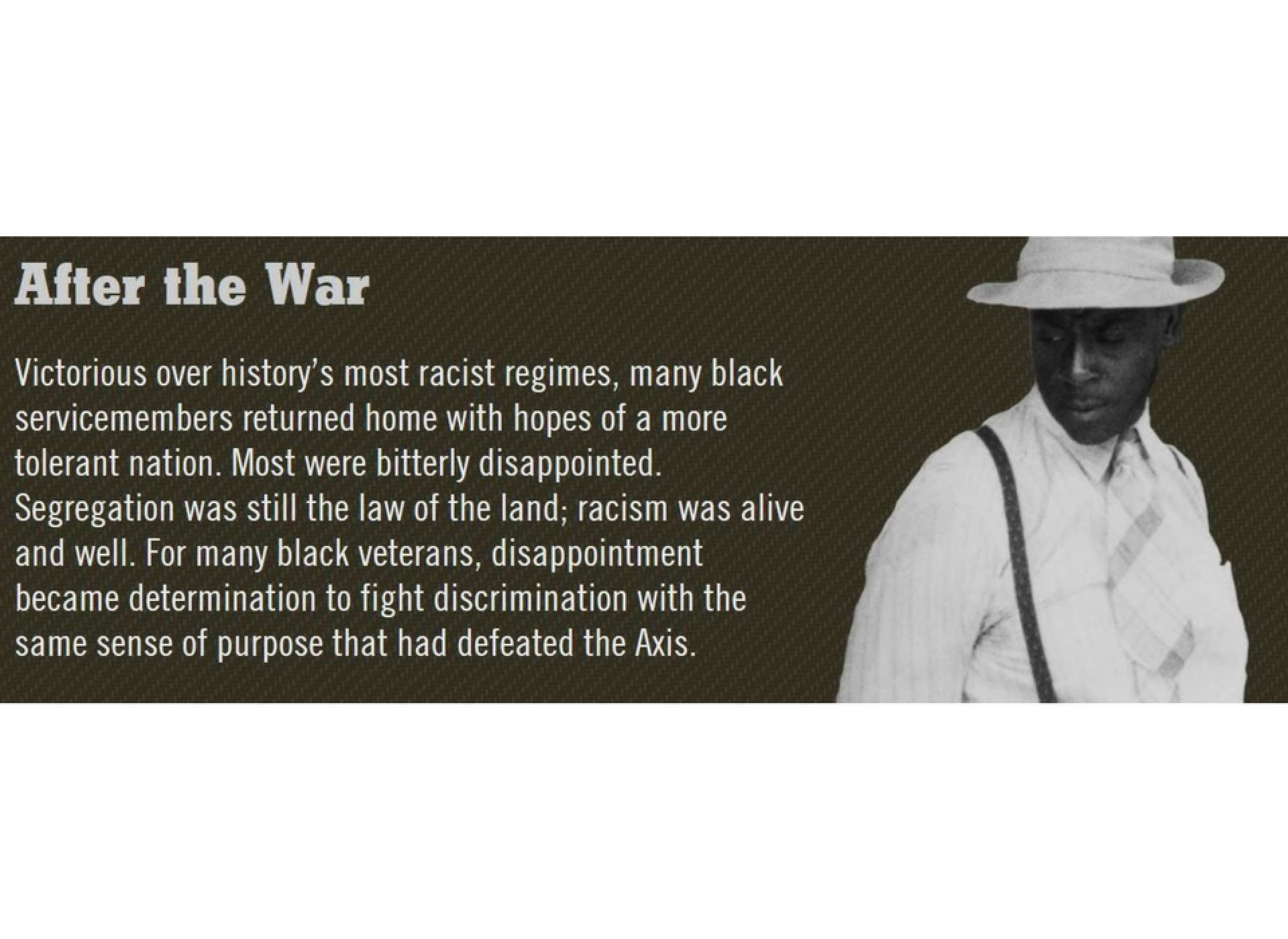

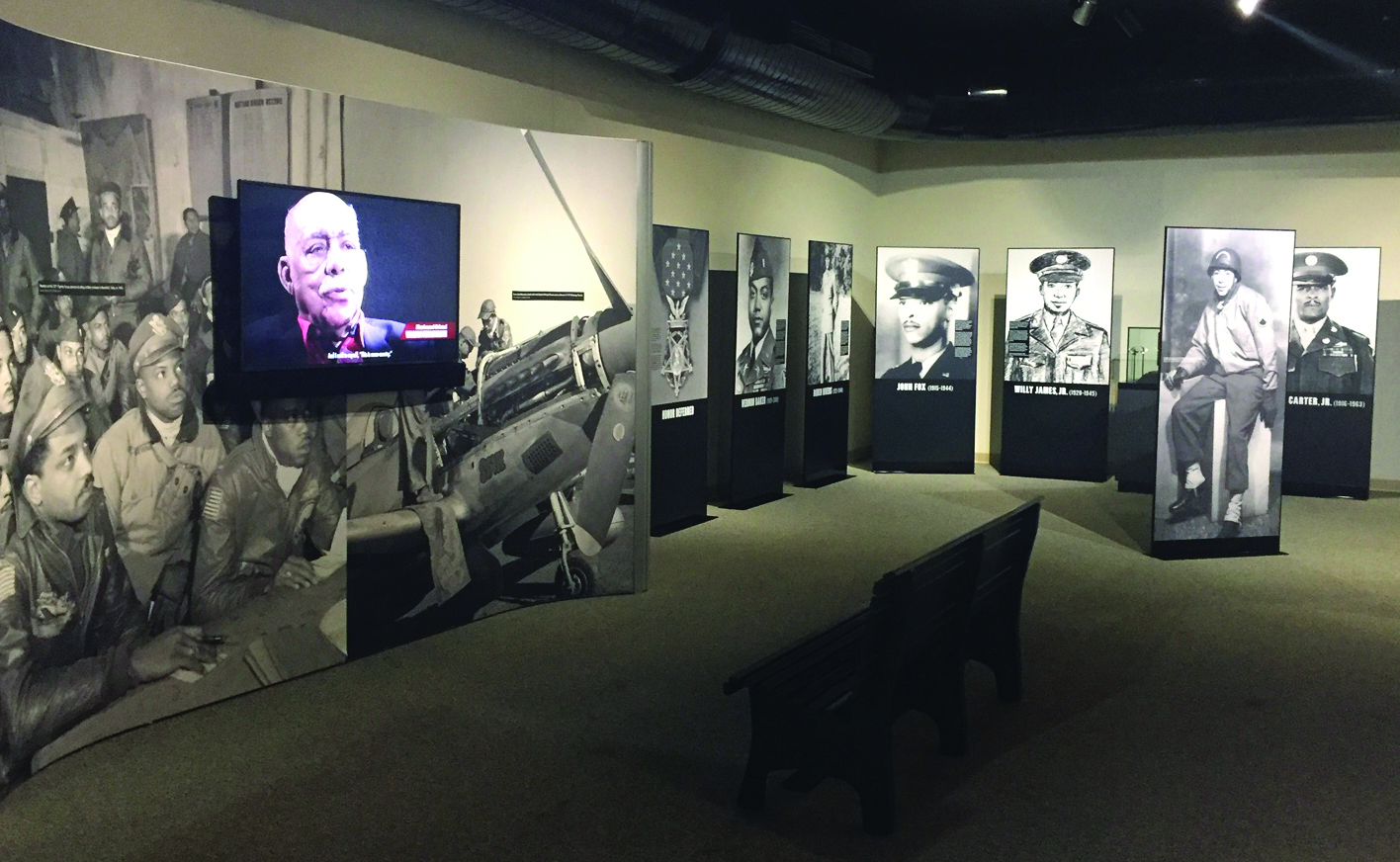
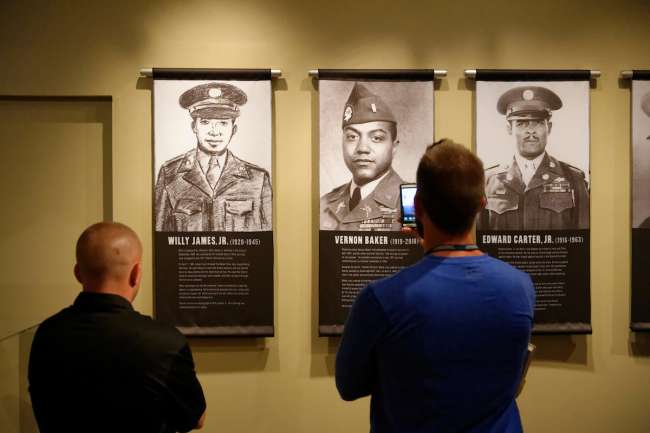
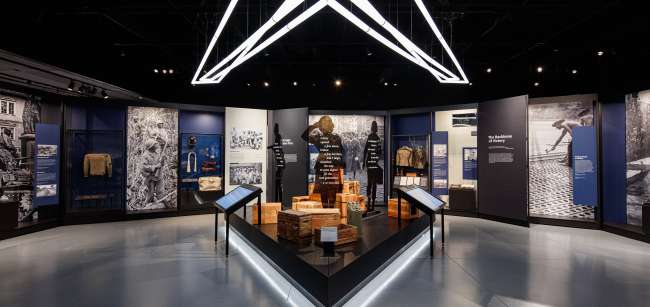




![Max Fuchs, New York City cantor, sings as Rabbi Sydney [sic] Lefkowitz, Richmond, VA, conducts the first Jewish services from Germany.](/sites/default/files/styles/max_650x650/public/2025-10/image1.jpg)


